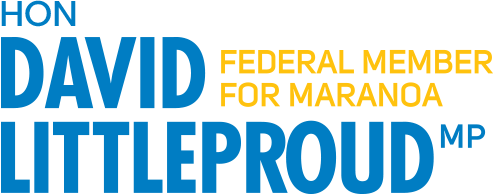- Two digital tools will provide Australian farmers with the best available climate data to help prepare for future drought and climate change
- The Drought Resilience Self-Assessment Tool (DR.SAT) and the updated Climate Services for Agriculture (CSA) platform are a $32 million investment under the $5 billion Future Drought Fund
- Tools use technology to make climate information more accessible and useful for farmers, industry, and rural and regional communities
Two digital tools are delivering Australian farmers the best available climate data to help prepare for future drought and climate change.
Minister for Agriculture and Northern Australia David Littleproud said the Drought Resilience Self-Assessment Tool (DR.SAT) and the updated Climate Services for Agriculture (CSA) platform are two key investments under the $5 billion Future Drought Fund.
“These tools are about using technology to make climate information more accessible and useful for farmers, industry, and rural and regional communities,” Minister Littleproud said.
“My department has worked with farmers here in Maranoa to ensure the prototypes provided information which was accessible and useful.
“We will continue to work with farmers and agribusiness to develop tools that are practical and will make a real difference to rural and regional Australia.”
The CSA platform provides farmers with historical climate data, seasonal forecasts, and future climate projections at a 5km2 resolution across the country.
“Climate information for cattle, wheat, sheep, almonds, apples, barley, canola, and lupins is now available,” Minister Littleproud said.
“An apple farmer in Stanthorpe can see if the risk of sun damage to their crop is expected to change in future – this means that farmers can easily assess how the climate variables that matter to their business could change in future.
The DR.SAT is a free tool to help farmers prepare for future drought.
“Farmers can explore the current and past condition of their property through satellite imagery and complete simple surveys to assess how they are tracking in terms of financial performance and personal wellbeing,” Minister Littleproud said.
“The tool also helps farmers understand how their land might be impacted by climate into the future, and then see a tailored set of practical options and resources to manage these impacts.”
See the tools at www.drsat.com.au (DRSAT) and climateservicesforag.indraweb.io (CSA).
To get involved or find out more, visit: www.agriculture.gov.au/ag-farm-food/drought/future-drought-fund.
Fast Facts:
- There are eight pilot regions:
- Queensland Dry Tropics – including Townsville, Charters Towers and Bowen.
- Condamine and the Northern Tablelands – including Toowoomba and Armidale.
- Victorian Mallee and south-east South Australia – including Mildura, and Horsham.
- Western Australian Wheatbelt – including Northam and Narrogin.
- Tropical North – including Cairns, Darwin, Katherine, and Kununurra.
- Central West New South Wales – including Dubbo, Parkes, and West Wyalong.
- Riverina and Goulburn-Murray – including Shepparton and Griffith.
- Gippsland and Northern Tasmania – including Bairnsdale, Sale, and Launceston.
- The Australian Government is investing $32 million to continue the development of CSA to June 2023 and DR.SAT to June 2024. This funding will enable the capability of the platforms to be progressively expanded, and ultimately provide national coverage.
- The Future Drought Fund provides $100 million each year for programs that build drought preparedness and resilience.


